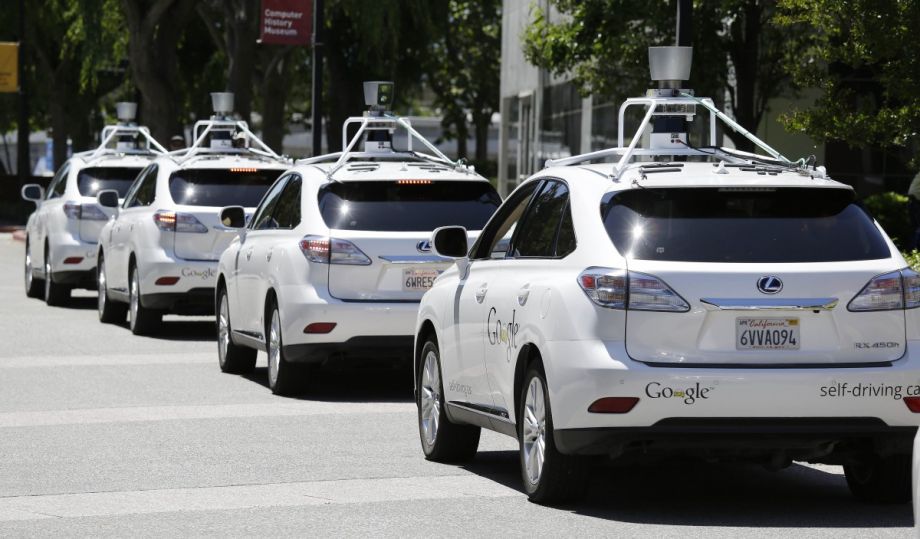Manufacturers already test self-driving cars on closed-down freeways, but the many variables of urban traffic are more difficult to replicate. Think pedestrians: You can’t ask volunteers to jaywalk and hope your car will stop.
One solution comes from the University of Michigan, which is building an entire model town complete with construction crews and mechanical pedestrians that jump out into the road. But rather than constructing entirely new grids, many companies are instead choosing to test their smart cars on abandoned or under-used sites. From nuclear refineries to air force bases, these complexes offer two necessities: Infrastructure and unpopulated space. Here are four fascinating examples of the wireless future syncing up with the mechanical past.
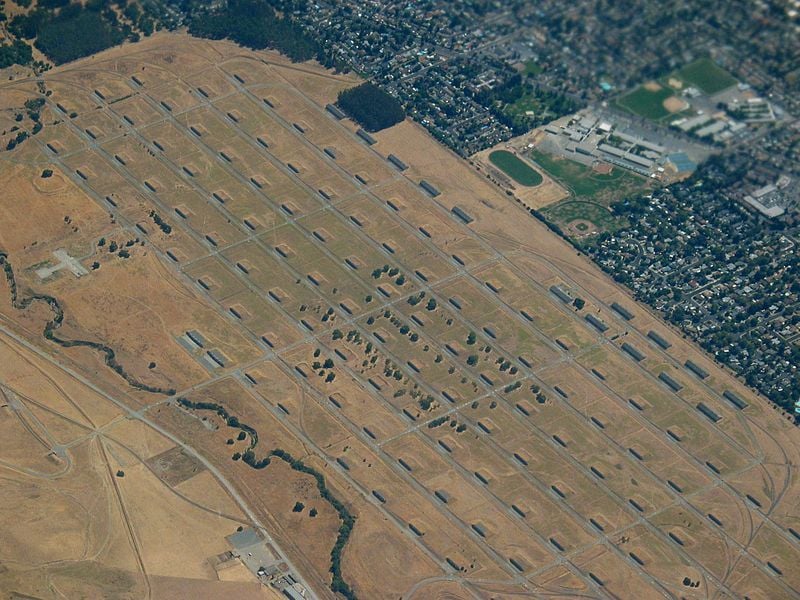
Concord Naval Weapons Station, from above (Photo by Daniel Schwen)
Concord Naval Weapons Station, California
Last week, Mercedes-Benz and the Contra Costa Transportation Authority announced a new test course in the East Bay city of Concord. Self-driving cars will navigate the streets of an old naval weapons station, which has gone mostly unused for the last decade. The base consists of empty bunkers and warehouses, which is perfect for the auto company. With “paved, city-like roadway grids,” it will be used for “testing self-driving and connected vehicles and related applications in an urban-like environment,” according to a press release.
Ariel photos show the station’s roads laid out in a latticework pattern, meaning that testers will be able to create intersections. While the German company tests stop-and-go movement, the local transportation authority will be trying out stoplights that respond via wireless communication, the Contra Costa Times reports.
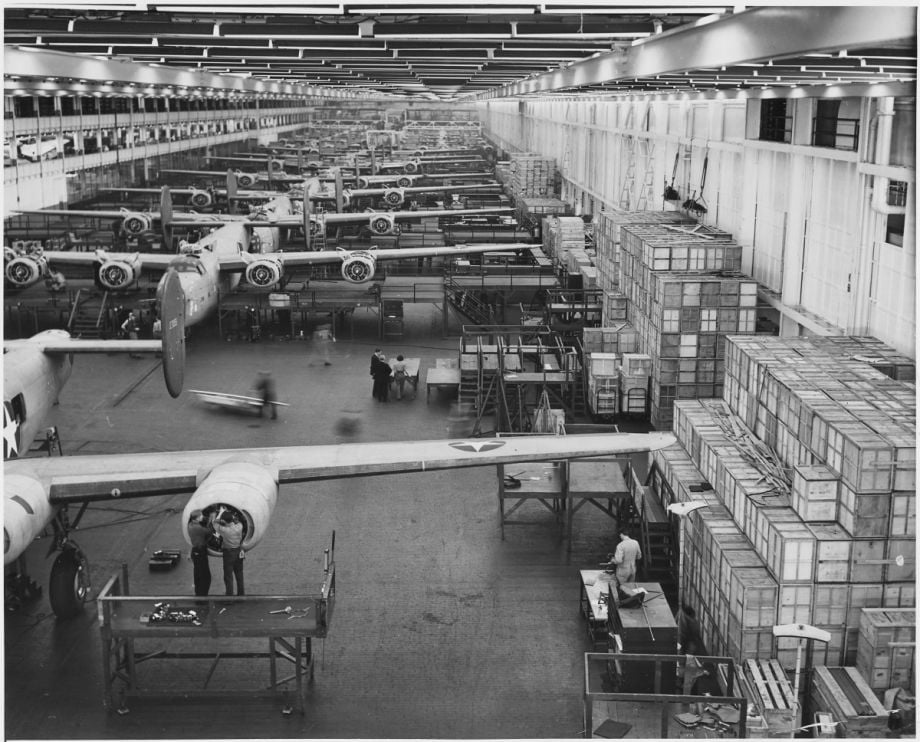
The Willow Run powertrain plant in action (Source: U.S. Air Force)
Willow Run Powertrain Plant, Michigan
Once an assembly plant for B-24 bombers, the five-million-square-foot Powertrain building has been demolished over the last year, piece by massive piece. In 2013, a partnership of redevelopment firms, construction companies and non-profits announced that the plant’s sprawling, historic footprint will eventually become a connected car research and test facility.
Another of the firms, Walbridge Development, claims its geography in the heart of southeast Michigan is key.
“The Willow Run property is ideal for the type of development we envision, one that leverages the region’s assets — both talent and technology,” Business Development Director John Rakolta III said in a statement.
“The proximity between Ann Arbor and Detroit will tie together research and development assets of the region with manufacturing know-how,” according to the SPARK paper.
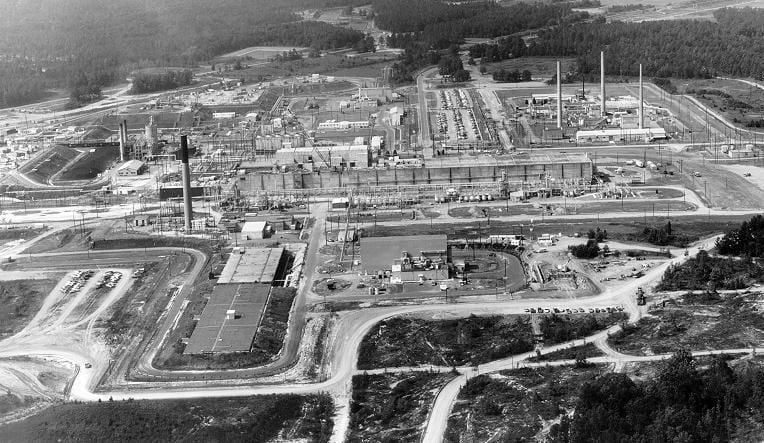
Part of the Savannah River Site grid
Savannah River Site, South Carolina
Once a nuclear reservation, the reactors on this Department of Energy-owned complex no longer operate. Still, it houses a number of facilities including a high-tech lab — and now an informal test grid for automated cars. These aren’t Googlemobiles, but rather a collection of heavy equipment transporters and other military vehicles.
The site was chosen because of its “large network of paved, gravel and dirt roads,” a spokesperson for TARDEC, short for the U.S. Army’s Tank Automotive Research, Development and Engineering Center told the Aiken Standard. Road lengths (the site covers 310 square miles) were especially important for Army engineers because the vehicles need to travel at high speeds. Testers have been working out of the site’s old railroad classification yard.
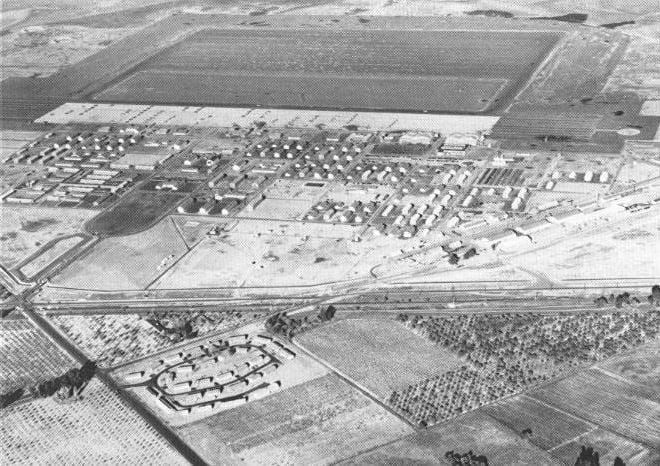
A portion of Castle Air Force Base
Castle Air Force Base, California
Google leased acreage this year in the Central California air force base, which closed in the ’90s. Composed of hangars, runways, massive parking lots (and plenty of propaganda art from the Cold War), it’s great for driverless cars — but Google, as always, has been tight-lipped on just how the space is being used. A spokesperson for the company told the Merced Sun-Star that the company was “continuing to develop and refine the technology in a variety of environments, including closed tracks where we can set up challenging courses and obstacles — and the space available to us at Castle is very helpful for that.”
In July, a reporter for the area’s public radio station decided to take a look over the “six-foot-tall chain link fence covered in green canvas” that hides operations. According to his story, stoplights have been added to an old parking lot near the site’s dormitories. Another spying source reported intersections where unmanned vehicles took turns crossing.
The Works is made possible with the support of the Surdna Foundation.

Rachel Dovey is an award-winning freelance writer and former USC Annenberg fellow living at the northern tip of California’s Bay Area. She writes about infrastructure, water and climate change and has been published by Bust, Wired, Paste, SF Weekly, the East Bay Express and the North Bay Bohemian
Follow Rachel .(JavaScript must be enabled to view this email address)


